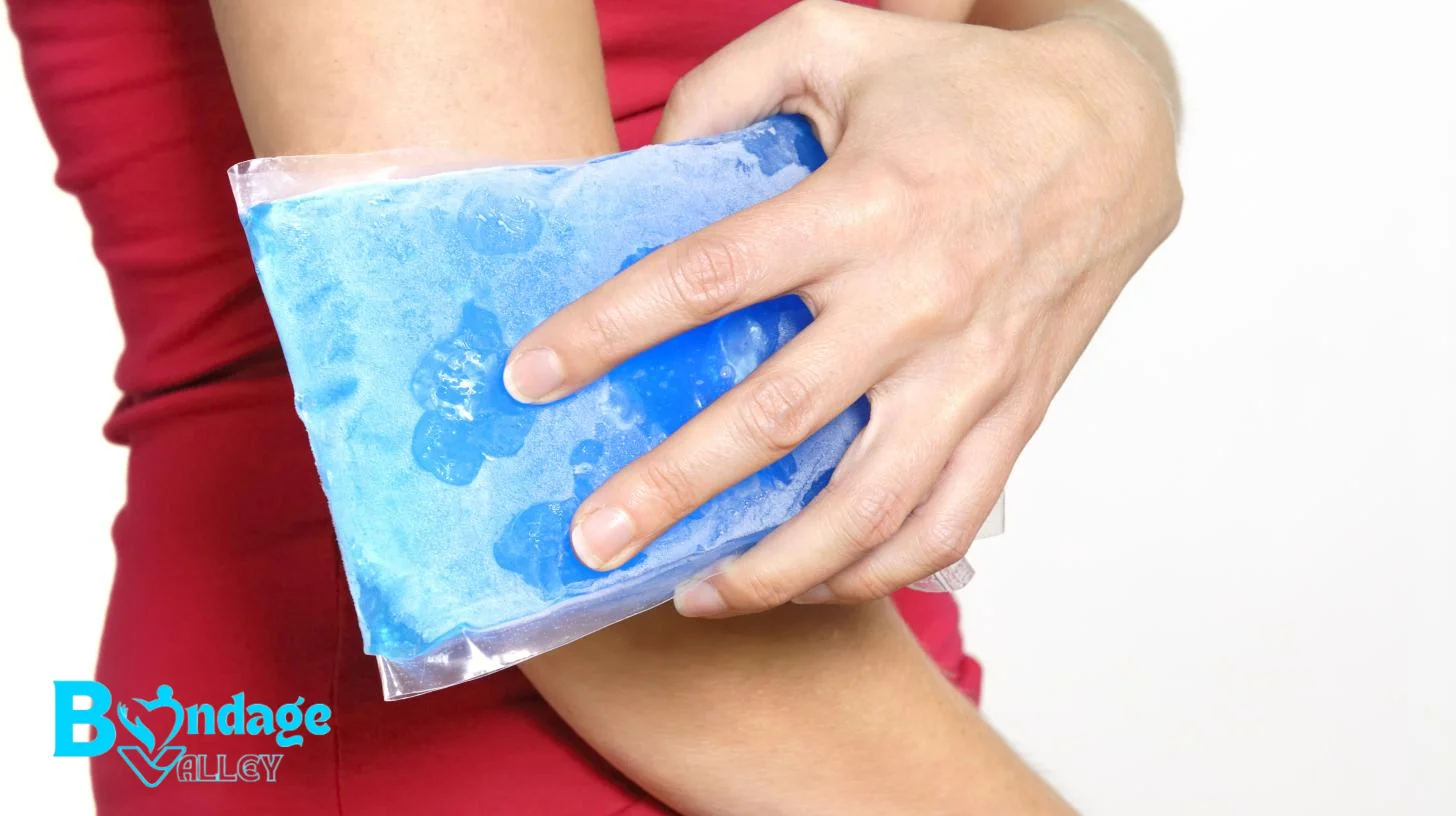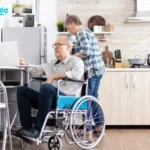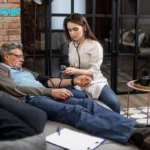
What is Hot Compresses?
Hot compresses have been trusted for generations to soothe aches and pains. Whether you’re nursing a sore muscle or trying to shake off that nagging lower back tension, applying heat can feel like a warm hug for your body. But did you ever pause to wonder what’s really happening beneath the surface? Today, we’re Looking deep into the science behind hot compresses to discover how they work, why they’re effective and what you should keep in mind regarding HHC-O (Hexahydrocannabinol-O-acetate) and it’s legal considerations.
The Origin of Heat Therapy
Heat therapy, also known as thermotherapy, has roots that span multiple cultures. From ancient Egyptians using sun-heated sand to wrap aches, to Traditional Chinese Medicine practitioners relying on heated herbs, people throughout history have embraced heat’s healing potential. It’s a simple but powerful concept: warm up the skin, encourage better blood flow and let nature take its course.
Why Heat Works as a Natural Healer
Heat stimulates various natural processes within the body. When we apply a hot compress, blood vessels widen, promoting blood flow. This means more oxygen and nutrients reach sore areas, essentially kick-starting the body’s own maintenance crew. Think of it like turning on the faucet to flush out any “blockages” that keep your muscles cramped and in discomfort.
The Physiology of Pain
To appreciate how hot compresses ease discomfort, we need a brief rundown of how pain really works.
Pain Receptors and Nerve Signals
Pain starts with specialized nerve endings called nociceptors. These nerves detect potential harm—like high heat, extreme cold, or injury—and send signals up the spinal cord to your brain, effectively declaring, “Hey, we’ve got a situation here!” The brain then interprets the signal and produces the sensation of pain.
How the Body Responds to Pain
When pain signals flood your system, your body responds in several ways—muscles may tense up and inflammation can set in. The tensed muscles reduce circulation, causing a feedback loop of pain. That’s where heat therapy swoops in to break this vicious cycle, helping your body dial down the alarm and boosting circulation to calm inflamed tissues.
Mechanisms Behind Heat Therapy
How exactly does heat therapy interrupt this pain cycle?
Enhancing Blood Flow
First and foremost, heat dilates your blood vessels (vasodilation). Warmth encourages better circulation, which speeds up nutrient delivery and waste removal in painful tissues. Think of it as a repair crew showing up with better tools and faster trucks.
Relaxing Muscles and Tissues
Sore, tight muscles can stiffen around problem areas, limiting your range of motion and exacerbating discomfort. Heat helps these muscles relax. Once the muscles loosen, you can move more freely, possibly alleviating some pain in the process.
Blocking Pain Signals
Additionally, heat therapy activates thermal receptors in your skin. These receptors can essentially override the message from the pain fibers, limiting the volume on the pain “broadcast” to your brain. While it’s not a permanent solution, it can provide comfort and a needed break from persistent aches.
Different Types of Hot Compresses
The term “hot compress” covers a spectrum of methods and materials. Deciding which one to use depends on personal preference, convenience and safety considerations.
Traditional Warm Towel Methods
Probably the easiest DIY approach: soak a towel in warm water, wring it out and place it on the affected area. The downside is that towels cool fairly quickly, so you might find yourself reheating them often.
Electric Heating Pads
Electric heating pads let you manage temperature settings more precisely. They’re great if you need sustained heat over a longer period. Just remember not to fall asleep on one, as excessive exposure can irritate or burn skin.
Hot Water Bottles
A classic staple—hot water bottles are portable, reusable and keep heat longer than a damp towel. They’re made of materials like rubber or silicone, offering an affordable option for consistent warmth.
Herbal Compresses
Often infused with fragrant herbs like lavender or lemongrass, herbal compresses not only deliver heat but also provide a calming aroma. These compresses can be microwaved or steamed to achieve the desired warmth.
Best Practices for Applying Hot Compresses
Like with any home remedy, technique matters. Here’s how to maximize the benefits of hot compresses while keeping safety in mind.
Duration and Frequency of Application
It’s generally recommended to apply heat for 15 to 20 minutes at a time. Any longer and you risk irritating your skin. You can apply it multiple times a day, as long as you check for redness or sensitivity.
Ideal Temperatures
Aim for a comfortably warm temperature—somewhere between 104°F to 113°F (around 40°C to 45°C). Anything beyond that can scald your skin. If it feels too hot, back off and let it cool down slightly before reapplying.
Safety Precautions
- Use a Barrier: Place a towel or cloth between your skin and the heating source.
- Set a Timer: It’s easy to doze off or get distracted.
- Check Your Skin: Periodically inspect the area for signs of redness or burns.
When to Use Hot Compresses vs. Cold Compresses
Heat and cold therapies might seem similar—both are used to treat pain—but they do different jobs.
Key Differences in Their Effects
- Heat Therapy: Encourages blood flow, relaxes tight muscles, typically for chronic aches and stiffness.
- Cold Therapy: Slows blood flow, reduces swelling, often used for acute injuries or inflammation.
Common Injuries: Which Is Better?
- Sprains and Strains: In the initial stages (first 48 hours), cold is usually better to reduce swelling. Later on, a switch to heat might help with stiffness.
- Chronic Aches: Heat therapy often takes the gold medal for loosening tight tissues.
Potential Risks and Contraindications
Hot compresses can do wonders, but they’re not for everyone or every situation.
Skin Sensitivity Issues
Those with diabetic neuropathy or other conditions that reduce sensation need to be extra careful. They might not feel the heat intensifying, leading to burns without immediate awareness.
Certain Medical Conditions to Watch
- Deep Vein Thrombosis (DVT): Applying heat might increase the risk of a blood clot traveling.
- Open Wounds: Avoid direct heat on areas with open sores or wounds.
- Circulatory Disorders: Always consult a healthcare provider before applying heat if you have a serious heart or circulatory condition.
Step-by-Step Guide to a Hot Compress Routine
If you’re new to hot compresses or you’d like a refresher, here’s a straightforward routine you can try at home.
Preparing Your Compress at Home
- Choose Your Method: Electric heating pad, hot water bottle, or a soaked towel microwaved for 30 seconds to a minute.
- Set Up Your Space: Get comfortable in a seated or lying position.
- Optional Extras: Lightly scented oils or a dimly lit room can enhance relaxation.
Checking Heat Levels for Safety
- Test the Compress: Place it on your forearm or hand to ensure it’s warm—not scalding.
- Add Layers: If it’s too hot, wrap the source in a thicker cloth.
Maintaining Consistency
- Apply the compress for 15 to 20 minutes.
- If you’re using it multiple times a day, space out sessions by at least an hour to prevent skin irritation.
Additional Pain Management Techniques
Hot compresses can be a staple in your self-care arsenal, but it’s often beneficial to combine them with other strategies.
Stretching and Yoga
Gentle stretches help loosen tight muscles. Yoga, with its focus on controlled breathing and mindfulness, can complement the relief offered by hot compresses.
Massage Therapy
Massages increase blood flow, release tension and can be personalized based on your specific pain points. In combination with heat therapy, it can become a powerful one-two punch against discomfort.
Mindful Breathing
Sometimes we forget that pain can also be influenced by stress and anxiety. Deep, controlled breathing can reduce stress hormones, complementing the soothing warmth of a compress.
Conclusion
Hot compresses have stood the test of time for a good reason: they offer targeted relief, enhancing blood flow and relaxing tight muscles. Science supports the notion that gentle, localized heat can help break the cycle of pain. While thermotherapy remains a simple yet potent approach, exploring additional avenues—like incorporating HHC-O—might bring about further relief for some individuals.
However, because the legal status of HHC-O varies across states and remains under scrutiny by federal agencies like the FDA, it’s crucial to stay informed. If you’re considering an HHC-O product, check the legality in your jurisdiction (under the [Agricultural Improvement Act of 2018] and local state regulations) and be aware of the potential for drug test complications.
In short, hot compresses remain a tried-and-true method for many types of pain. Whether you’re experimenting with hemp-derived compounds or just sticking to traditional remedies, always exercise caution, consult healthcare professionals when needed and respect the laws in your region.
FAQs
- Can I leave a hot compress on overnight?It’s not recommended. Prolonged heat can irritate the skin and even cause minor burns or reduced circulation. Stick to 15–20 minutes at a time.
- Can I combine cold and hot compresses in my routine?Yes. Some people find relief using contrast therapy (alternating between hot and cold). Cold reduces inflammation, while heat relaxes muscles. Just be sure to give your skin breaks in between to avoid shock or irritation.
- What if my pain doesn’t improve with hot compresses?Persistent pain that doesn’t respond to home remedies may signal a deeper issue. It’s best to consult a healthcare professional for personalized advice.



